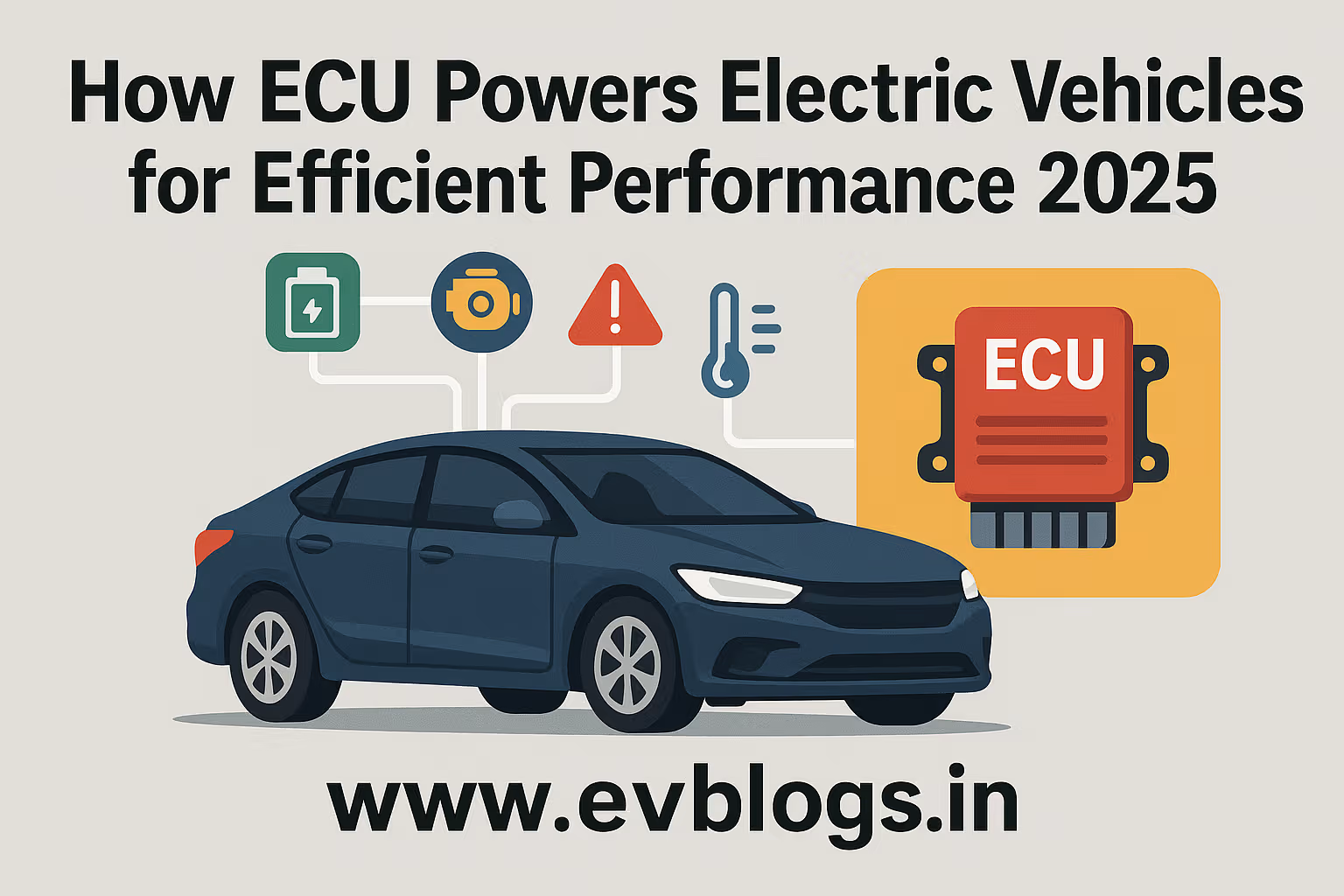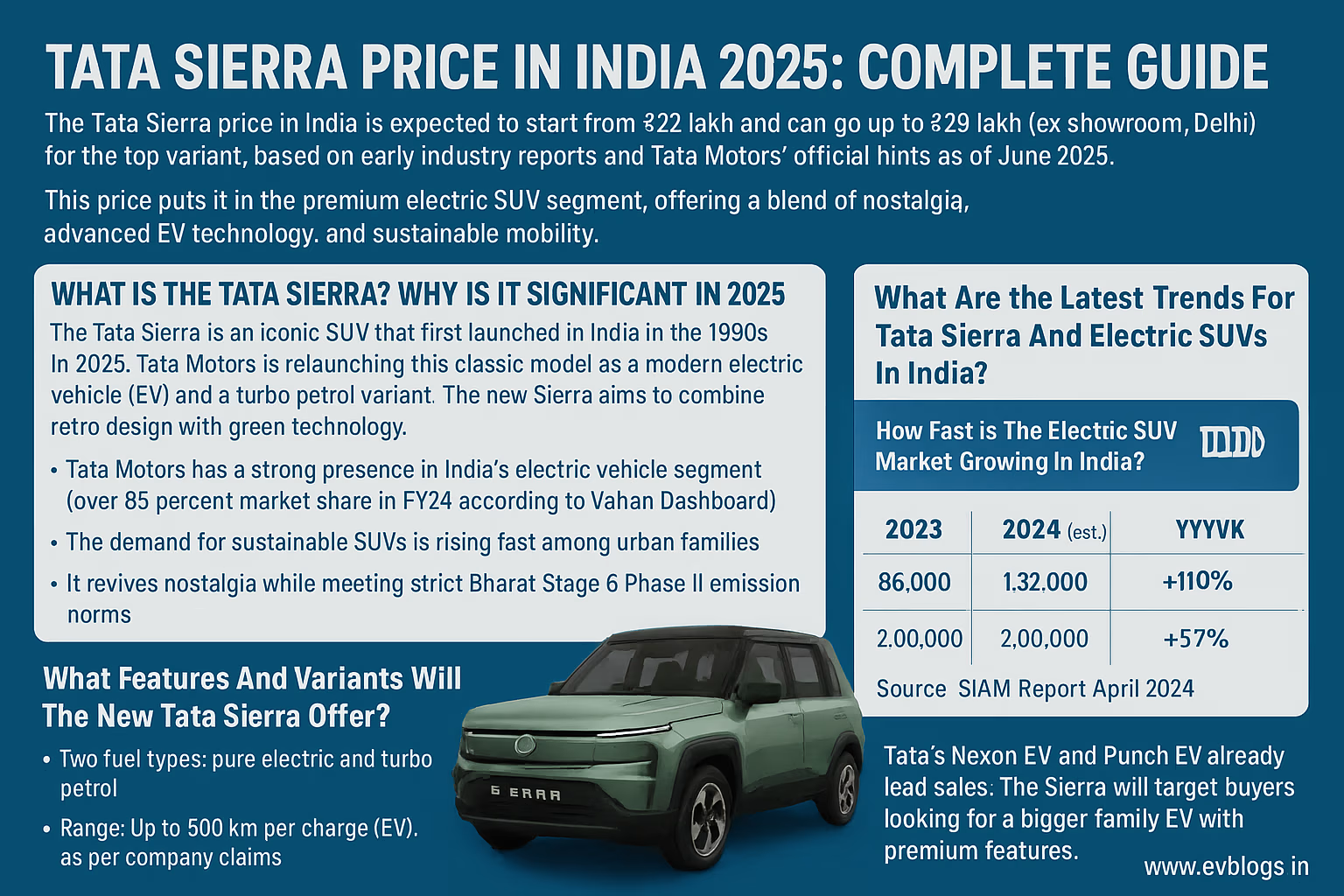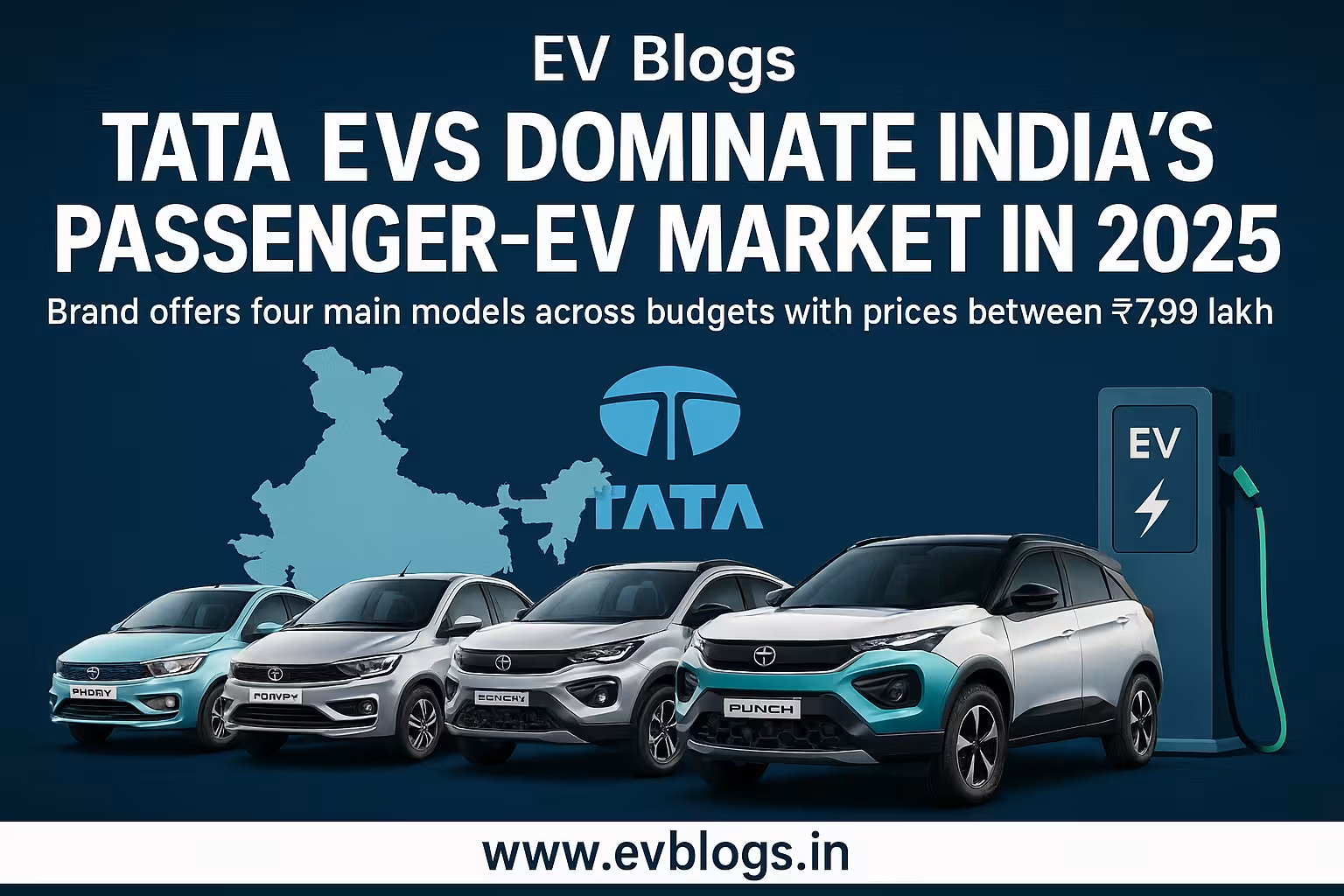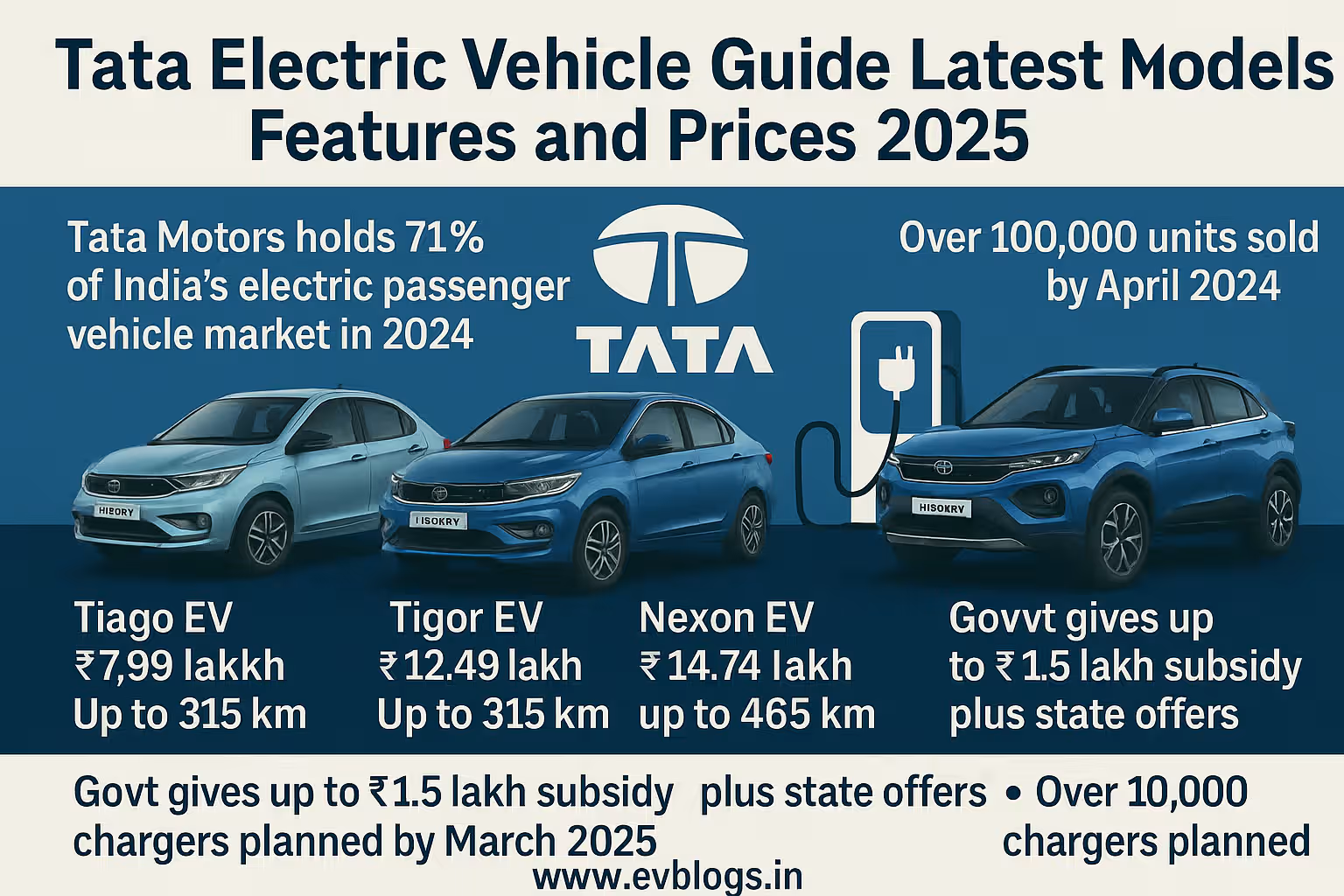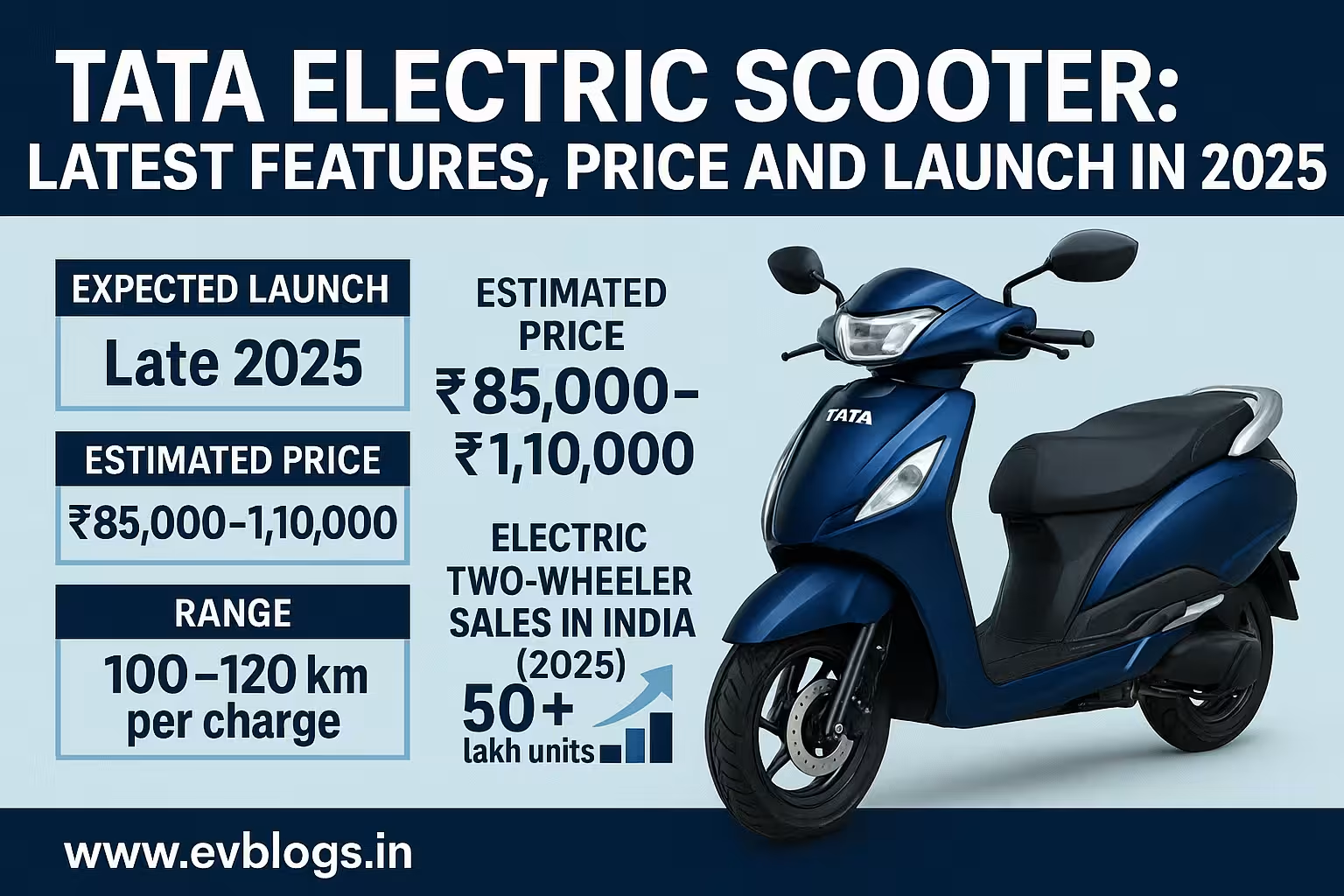Hedhvick Hirav
Hedhvick Hirav is a dedicated EV researcher and editor with over 4 years of experience in India’s growing electric vehicle ecosystem. Their contributions have been recognized in leading sustainability publications and automotive journals.
Summarize & analyze this article with
Choose an AI assistant and open this article directly:
Tip: if the AI doesn’t fetch the page automatically, paste the article URL manually.

What is Battery Management System (BMS) and Why Is It Important to Indian EV Owners?
You wonder what makes your electric vehicle (EV) go and go, safely and efficiently, in India? The solution is in one key element- the Battery Management System (BMS). Technically, a BMS is the brain of your EVs battery pack in simple terms. It monitors, manages, and protects each cell in the battery, to ensure long life and safety, an aspect of key importance in India, in its specific climatic and driving conditions.
- The BMS controls the charging and discharging process, and when this is overcharging or deep discharge that could destroy the battery.
- It is always monitoring temperature, voltage and current on the electricity battery to prevent overheating or hug, major safety risk, in Indian summers.
- BMS eliminates the imbalance of cells within the battery pack and makes every cell work in harmony without straining or untimely deaths.
- It makes real-time information available to your vehicle display or mobile application so that you are always knowledgeable about the health and range of your battery.
- Indian BMSs also support telematics, which allows the fleet and individual users to maximize charging patterns and patterns of use.
Do U Know? According to a research conducted by NITI Aayog in 2025, modern BMS technology is capable of increasing battery life of EV by up to 40% which equates to substantial savings on the cost side of Indian users.
What are the trends oforkoundzenia каvinoga- pixels excavating Kumvmbtobing octopod Daedat
If you have used or done research on the EVs in India then you may have realized that there is a heated development in battery management technology. Very simple BMS were common with early Indian EVs (pre-2015) and were mostly imported and did not suit the Indian conditions. However, by 2025 BMS is a India focused complex solution.
- 2015-2017: 99 percent of the BMSs were imported with low adaptation to the Indian climate and grid set ups.
- 2018-2020: Indian startups/OEMs have started working on homegrown BMSs, emphasizing cost, local climate and variable grid conditions.
- From 2021-2023: ARAI and government regulations on safety as well as incentives contributed towards safer, smarter BMSs.
- In 2024-2025, AI, IoT, and cloud connectivity become a regular option in the BMSs of the major EV models, allowing predictive diagnostics and remote fault recovery.
Expert Insight The innovations of the BMS of the Indian EV industry have begun to be exported to Southeast Asia and Africa as it is highly resistant to challenging conditions.
What are the most advanced BMS offered by Indian EV Brands in 2025?
Are you searching an electric vehicle combining reliability, safety and feature-rich battery management system? In 2025 the Indian market has plenty of options. The below tabulated lengthy comparison of top most 10 Indian EV models with their BMS features:
| brand / model | BMS Origin | Key Features | OTA Updates | Predictive maintenance | Cell balancing | Local climate adaptation | Safety certifications | Telematics integration |
|---|---|---|---|---|---|---|---|---|
| Tata Nexon EV | In house (India) | AI Predictive, Fast Charge | yes | yes | Active | yes | AIS-156, AIS-038 | yes |
| Mahindra XUV400 | In house (India) | Real-Time Analytics | Yes | Yes | Passive | Yes | AIS-156 | Yes |
| MG ZS EV | Imported (China ) | Cloud-based Diagnostics | Yes | Yes | Active | No | ISO 26262 | Yes |
| Ola S1 Pro | In-house (India) | App Alerts, Cell-level Data | Yes | Yes | Active | Yes | AIS-156 | Yes |
| Ather 450X | In-house (India) | Thermal management | Yes | Yes | Active | Yes | AIS-156 | Yes |
| TVS iQube | In-house (India) | VS iQube Simple Analytics | No | No | Passive | Partial | AIS-156 | Yes |
| BYD e6 | Imported (China) | Advanced Safety Innovation | Yes | Yes | Activated | No | ISO 26262 | Yes |
| Hero Vida V1 | In-house (India) | Battery Swapping Support | Yes | No | Active | Yes | AIS-156 | Yes |
| Hyundai Kona EV | Imported (S.Korea) | AI Diagnostics, OTA | Yes | Yes | Active | Partial | ISO 26262 | Yes |
| Simple One | In-house (India) | Overheating Alerts, OTA | Yes | Yes | Yes | Yes | AIS-156 | Yes |
Some of these favourite picks can be dismantled:
- These key provisions in the BMS of the Tata Nexon EV include full Indian-developed battery management system, artificial intelligence-driven, has fast charge and comes with over-the-air updates, which makes it a dominant choice to invest within the Indian climatic conditions and urban commuting.
- The Ather 450X pays considerable attention to thermal management as it is an essential consideration in Indian summers that could be easily overheated, with real-time overheat notifications to avoid it.
- The BMS of Ola S1 Pro features the exclusive application-based capabilities and offers cell-level battery data and real-time alerts.
- Mahindra XUV400 will provide in-time analytics and highly efficient safety procedures that can be used by long range users and accommodate Indian conditions.
- Hero Vida V1 has the capability of battery swapping which has gained foothold in densely populated urban centres with frequent model changeover.
- Simple One is characterised by the clarity in overheat detection and active cell balancing and is suitable to hot and hilly terrains.
Do U Know? More than 85 also Indian EVs in 2025 are marketed with an India-specific, native BMS that minimizes imports and increases safety.
What Are the Problems that is Encountered by Indian EV Owners Lacking a Good BMS?
You are probably thinking-What can go wrong when your EV has an outdated BMS or a flawed BMS design especially in Indian conditions? These are some actual particularly risks and problems:
- Overheating: Indian summers can make battery temperatures exceed safe levels, exposing it to the risk of thermal runaway and subsequently cause fires.
- Uneven Cell Wear: Inexpensive/low-end BMSs do not properly balance the cells, which has the effect of accelerating degradation and reducing range.
- Inaccurate Range Estimation: BMS calibration failure will cause a plunge in range or inappropriate battery percentages, and you will be left without the power.
- Lack of Remote Diagnostics: Remote diagnostics are not possible in case the BMS is not smart and battery health could be monitored and battery failure could be foreseen.
- Threats to Safety: A poor BMS with inadequate monitor capability, may miss short-circuit situations or deep-discharges, resulting in greater safety risks of accident.
User Story Rohit, who is an Ola S1 Pro user based in Bengaluru, is one person who has told us that with an OTA BMS update in 2024, battery reliability is much improved. Previously, he experienced fast battery drain in the hot summer months but the smart BMS maintains better cell temperatures and is now able to maintain greater confidence and range.
Why Is BMS Particularly Important in India, as opposed to other Countries?
The Indian EV marketplace is the one-of-a-kind and so are your needs as a consumer:
- Scorching Ambient Temperatures: High ambient temperatures most parts are exposed to lead to increased battery wear and the risks of overheating.
- Often Changing Grid Voltage: Grid voltage fluctuates a lot when charging and detailed battery management is necessary not to overcharge or destroy the battery.
- Humidity, Dust, and Monsoons: Our environment can play a factor in battery connectors- a robust BMS assists in balancing out and protecting the EV.
- Diversity of Road Surfaces: City street surfaces with potholes as well as the mountain roads can contribute to the vibration and adversely affect the battery pack.
- Varied User Profiles: Indian EVs will have to meet a wider range of usage spectrums; be it the daily commuters or long-range intercity travelers.
Expert Insight PERSISTENT VULNERABILITY TO CATCH FIRE: It is noted that 70 percent of indicated cases of EV fires in 2022-2023 have been correlated with ineffective BMS safeguards or cell balancing.
When did indian EV companies start developing their own BMS and what did that motivate?
You may be wondering why Indian EVs are smarter and safer all of a sudden, the answer is that engineers have been developing their own BMS since 2018:
- FAME II policies by the government encouraged localized R&D, such as in the area of BMS development.
- 2019-2021: The growth in the incidents of battery fires and failures led to the creation of India-specific BMS by OEMs.
- 2022: ARAI has proposed a tougher AIS-156 set of norms, related to the battery stability regulations, with BMS legislated as a mandatory feature.
- 2023-2025: Demand and development: sharp increase in demand in local adaptation, OTA updates, and AI-based diagnostics contributed to a significant improvement.
Key Reasons:
- Demand to solve the problem of climate resistance of the means of which the imported BMSs could not provide.
- Savings in terms of importation duties and tapping on the Indian engineering potential.
- Adherence to the standards of safety and performance set by government.
- Other complaints are the need to improve on after sales service and speed at which updates are being made.
Do U Know? More than 60 percent of the Indian EV start ups export their BMS technology to the global market in 2025 due to its flexibility and cost-effectiveness.
How will an EV BMS work in modern Indian evs of 2025? What Qualities to Connecticut Gazebos Shall Have?
Which EV to branch out to next? It is beneficial when you are aware of BMS features in 2025:
- Cell-Level Monitoring: Monitors each cell voltage, temperature and health, not just of the whole pack.
- Active Cell Balancing: Instead of the user having to ensure that they have evenly charged all the cells; the active cell balancing features do it automatically to maximize battery life.
- In-built Security: Protects against over charge, over- discharge, short circuits and thermal runaway.
- Over-the-Air (OTA) Updates: Allows to update your bug fixes, feature addition or improvements of safety features, just as done on your smartphone.
- Predictive Maintenance: Predictive maintenance utilises AI and cloud data to alert you of a potential problem before it becomes one.
- Local Climate Adaptation: Sensors and algorithms that are designed to work in the Indian heat, humidity and dust levels.
- Telematics Integration: With this, you can check on your battery performance and usage records on the dashboard or mobile phone.
- Fast Charging Support: Simplifies the charging protocols in the emerging eco-system of DC fast-charging in India.
Things you should check prior to purchase:
- Is the BMS indigenized to the Indian conditions?
- Can it be OTA updated?
- Does safety certification such as AIS-156 and AIS-038 exist?
- Do you have real time battery health reports?
- Does predictive maintenance have support?
Expert Insight A new-generation BMS can help boost Indian EV resale value by as much as 20 per cent: a value that consumers are willing to pay more to purchase based on battery health documented and managed by the BMS.
Who are the main Indian BMS manufacturers, I want to ask, and what is so unique about them?
As an EV buyer, fleet operator or a startup, this list would give you an idea of the best Indian BMS providers to make a well-informed decision. The following are the most eminent players in 2025:
- Xicom Power Solutions: This company is supporting the BMS of Tata and Mahindra and also the other e-bus fleets. Reputable high capacity systems.
- Power Batteries: Focuses on the AI system driven BMS in two- and three- wheelers, and has interest in predictive analytics.
- BAF- Bharat Alt Fuel: provides BMS optimized to swappable battery packs in e-rickshaws, including last-mile delivery.
- Omega seiki mobility: developed integrated BMS on commercial EVs, and it is optimized according to load and terrain.
- Rontek: Their BMS solutions are best known to be modular, which helps to make BMS upgrade and retrofits easy.
What are the differentiators?
- Customization by the type of vehicles and local operating conditions.
- Good post sales maintenance and diagnostics.
- Routine software Upgrades, including essential security fixes.
- Coupled with the car OEMs with a view to smooth integration.
Do U Know? At least 40 per cent of electric two- and three-wheelers in India operate on batteries controlled by Indian-developed BMS units in 2025.
What Are the Government Policies and Safety Regulations that Define BMS Evolution in India?
The Indian government policies and Indian government standards concerning safety and the battery performance goes directly against you:
- AIS-156 and AIS-038: These standards are pure requirements to EV on battery safety and BMS capabilities and are issued by Automotive Industry.
- Subsidy of AME II: In order to access government incentives, EVs have to include BMS that monitors and operates the cells to safety standards.
- BIS Certification: BIS certification is now mandatory on all the BMS hardware in Indian EVs.
- On rewards to R&D: The central and state governments provide tax deduction and grants to the companies that undertake the development of advanced BMS.
- Frequent Audits: The regulatory groups audits surprise and might recall battery when there are reports of battery related problems in BMS.
Key Takeaways:
- Make sure your EVs BMS complies with AIS-156 and BIS certifications -non-compliance may disrupt your insurance and warranty claims.
- Drawing subsidies frequently requires an advanced BMS that is compliant.
- In 2025, there are new safety regulations that require OTA updating to allow carrying out fixes on immediate threats.
Expert Insight In India, regulatory pressure has precipitated a drop to 30 per cent in EV fire cases between 2022 and 2024, largely courtesy of compulsory improvements in BMS.
So What is the Practical Value of an Advanced BMS to Indian EV Drivers?
With this said, the question as to what the real cost of a quality BMS is, remains unanswered unless we mention how a good quality BMS can translate into everyday savings to Indian users:
- Enhanced safety: The detection and prevention of overheating/overcharging or short circuiting.
- Longer battery Life: Active balancing and thermal management prolong battery life, sparing you a costly replacement.
- Accurate Range Estimating: Precise predictions enable you to cruise without the urge of range anxiety.
- Reduction in Maintenance Cost: Alerts will ensure that breakdowns do not happen and reduce maintenance trips.
- Greater Second-hand Price: batteries in good condition will guarantee higher resale value.
- Peace of mind: You are always in control even in far-off areas as you will receive a real-time update and can technically assist them using this remote support connection.
- Fast charging support: BMS that is optimized ensures safe, fast charging at public charging stations.
User Story Priya, a Tata Nexon EV driver in Chennai told me that when her BMS software was changed in early 2025, her real-world range increased by 15% and she felt more comfortable regularly driving long distances during heat waves in the summer.
What Are The Ways You Can Upgrade and Maintain Your EV BMS in 2025 in India?
You may also own an older model of an EV, or you are planning to buy a new one; either way, this is how you can ensure that your BMS remains current:
- Vehicles with OTA (over-the-air) updates- support is available on the majority of 2025 models.
- Make sure that routine BMS SW updates are performed by your dealer or service center, particularly prior to peak summer.
- Request a BMS health report by means of the usual service checks
- In old vehicles, check BMS upgrade kits marketed by established Indian manufacturers (verify that they are BIS and AIS-156 compliant).
- Charging and avoid excessive fast charging will help prevent stress on the battery; this is essential to extend battery life.
Important Measures to Put Your BMS on Maintenance:
- Do not get the battery compartment of your EV overly wet.
- Do not allow your battery to get up to less than 20 percent or more than 90 percent normal use.
- Make one year battery and BMS diagnostics at service centers.
- Be alerted on any recall or update alerts- register your email address or telephone number with your car brand.
Do U Know? In, 2025, some Indian cities include free BMS health check camps to EV usage prior to the advent of summer season.
What are the Best BMS on Indian EVs in 2025? Comparisons in detail and advisory best-for
So many options, how do you pick the EV with the finest BMS that suits your requirements? These are comparison and comprehensive lists of user type:
| EV Model | BMS Strengths | Best Used In | Price Range in (2025) | Warranty (Battery/BMS) | User Rating (2025) |
|---|---|---|---|---|---|
| Tata Nexon EV | AI, OTA, India-tested | Family, City & Highway | 14-17 lakh | 8 years/1.6 lakh km | 4.7/5 (Safety, Reliability) |
| Ather 450X | Thermal and active balance | Daily city commute | 1.5-1.7 lakh | 5 year/ 80k km | 4.8/5 (Heat Management) |
| Ola S1 Pro | Alerts, OTA | Urban, Tech-savvy Users | Rs. 1.3-1.5 lakh | 75,000 km / 5 years | 4.6/5 (Easy to use) |
| Mahindra XUV400 | Safety, Analytics | Intercity, Long-range | Rs 15.5-17.5 lakh | 8/8years and 1.6 lakh km | 4.5/5 (Analytics, Range) |
| Hero Vida V1 | Swappable, Alerts | Last-mile, Fleets | pricing starts at 1.6-1.8 lakh | 3 years/60,000 km | 4.3/5 (Fleet Utility) |
| TVS iQube | Commodity, Unfussy | Value-seeking Daily Riders | 1.2-1.4 lakh | 3 years/ 50,000 km | 4.1/5 (Simplicity) |
| Simple One | Overheat Warnings, OTA | Hot/Difficult climates | Priced 1.6-1.8 lakh | 5 years/80,000 km | 4.6/5 (Heating Notification) |
| MG ZS EV | Cloud, Diagnostics | Tech Enthusiasts | 23 to 25 lakh | 8 yrs./ 1.6 lakhs km | 4.5/5 (Int. Tech) |
| BYD e6 | Well made, Long lasting | TAXI companies, Corporate fleets | 29-31 lacs | Eight years / F 2 lakh km | 4.7/5 (Fleet Durability) |
| Hyundai Kona EV | OTA, AI, Safety | Premium, Long-distance | 25- 27 lakh | 8 years/1.6 lakh km | 4.6/5 (Premium Features) |
Personalised Reports:
- Tata Nexon EV: It is the best one would prefer in cases where the car mostly has to travel the highways where the car is a family car and the owner does not want any critical and sudden error to occur in case there is an accident.
- Ather 450X: Suitable to commuters to the cities with hot weather due to good thermal management.
- Ola S1 Pro: Ideal for the technology enthusiasts who require the use of app-based monitoring and regular OTA updates.
- Mahindra XUV400: Appropriately suited in cases where range and real-time analytics is of the first concern.
- Hero Vida V1: With battery swapping and alerts, the delivery executives and the fleet owners are in advantage.
- Simple One: Suitable to users, in harsh climates and those that tend to overheat.
- MG ZS EV: Premium buyers who wanted a global technology and cloud-based C-Diags.
- BYD e6: Fast themed taxi or behemoths in the commercial fleet that require a long battery life and luxurious safety standards.
- TVS iQube: First-time EV buyers and people on a tight budget that require a low entry-level car that is simple in maintenance.
- Hyundai Kona EV: useful to users seeking higher end features, AI diagnostics and global standards.
Do U Know? The quality of BMS was the most important factor that 90% of the EV drivers would recommend the vehicle to someone in a 2025 user survey.
Final Verdict: How to Make the Best Choice of the Right BMS-Equipped EV 2025 India?
With the 2025 India EV choice, I am no longer looking at the range or price but safety, reliability and the cost of ownership. Changes in the field of BMS technology have led to increasingly safe, intelligent and more locally adapted EVs in India. You ought to place a priority on
- BMS features that are India specific (thermal management cell balancing predictive maintenance).
- Ability to ensure TA updating capabilities of a continuous improvement.
- Conformance to regulations like the AIS-156, BIS and others.
- Good after sales service and frequent health check on the BMS.
- Actual customer estimates and battery conditions of coverage.
Tata Nexon EV, Ather 450X, and Ola S1 Pro will provide the right balance of advanced BMS, localization and affordable prices to most Indian buyers. Request BMS demonstrations and make sure that software upgrades are on offer with your dealer.
Armed with a proper BMS, your EV does not only become an environmentally friendly, but it turns out to be a safe, smart and future-proof investment.
FAQs
Q1. What is BMS primarily used in Indian EVs?
A1: The BMS monitors and controls everything battery, promoting safety, performance, and life span-much needed in the Indian countryside battery conditions.
Question 2: What updates should I do to my EV BMS software?
A2: Update at least twice a year, or when your manufacturer will inform you about new functions or safety improve.
Will a more advanced BMS be possible to retrofit into an older Indian EV?
Yes, a lot of brands are providing retrofitting solutions today but confirm that it would be BIS and AIS-156 certified to ensure full safety.
Does that show improved BMS make a difference in resale value in India?
A4: Absolutely. Advanced and well maintained BMS significantly increase resale prices and are of preference in second-hand sales.
Q5 What do I do when my EV BMS tells me of a problem?
Observing the suggested safety procedures, not using the vehicle when it is necessary, and going to your authorized service center are to be done immediately.
Disclaimer: Data shown is the most up to date as of 2025. Specs and prices are subject to change due to manufacturer updates or a regulatory change. Please contact your dealer again before you make your final decision on a purchase.


